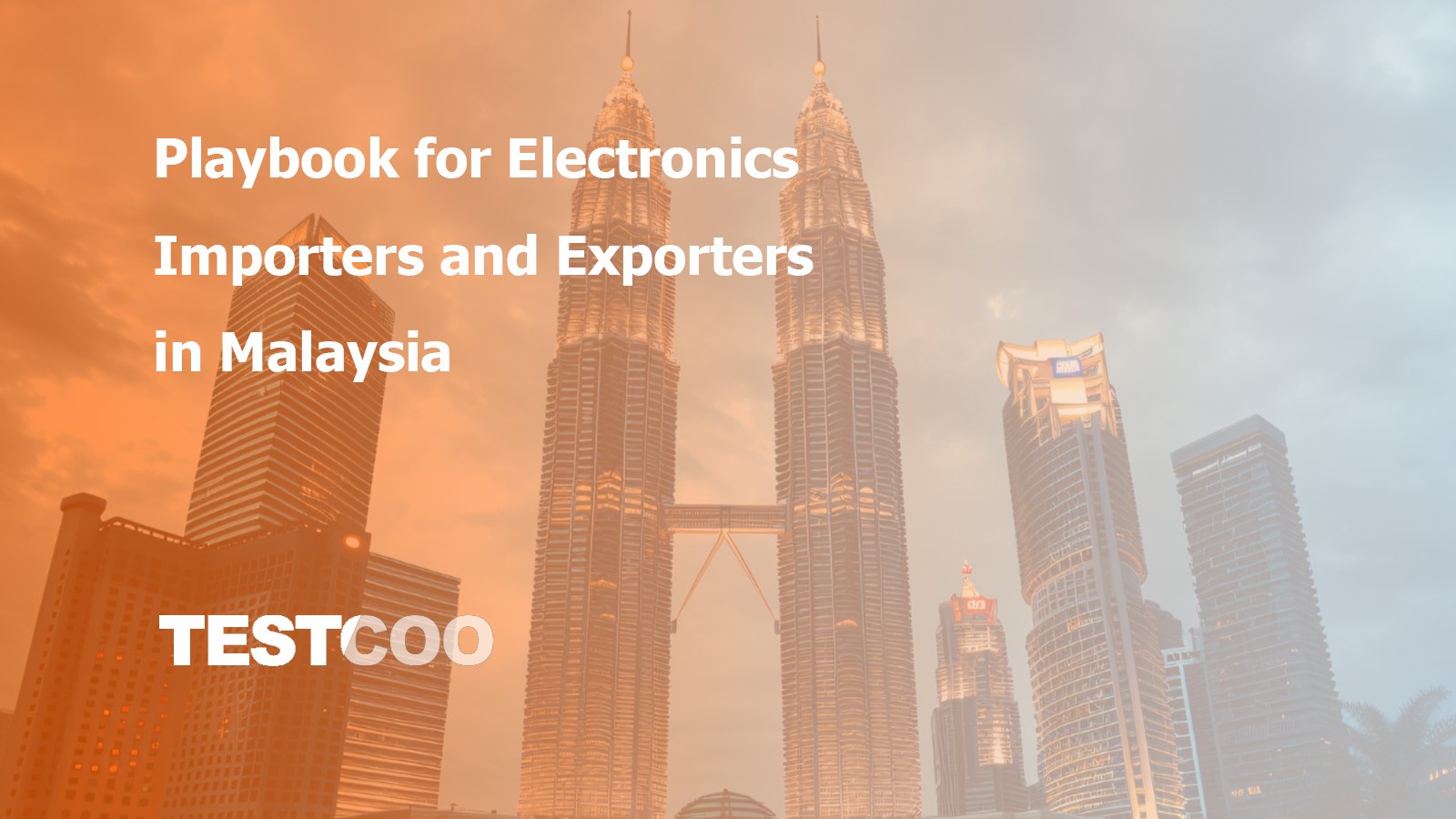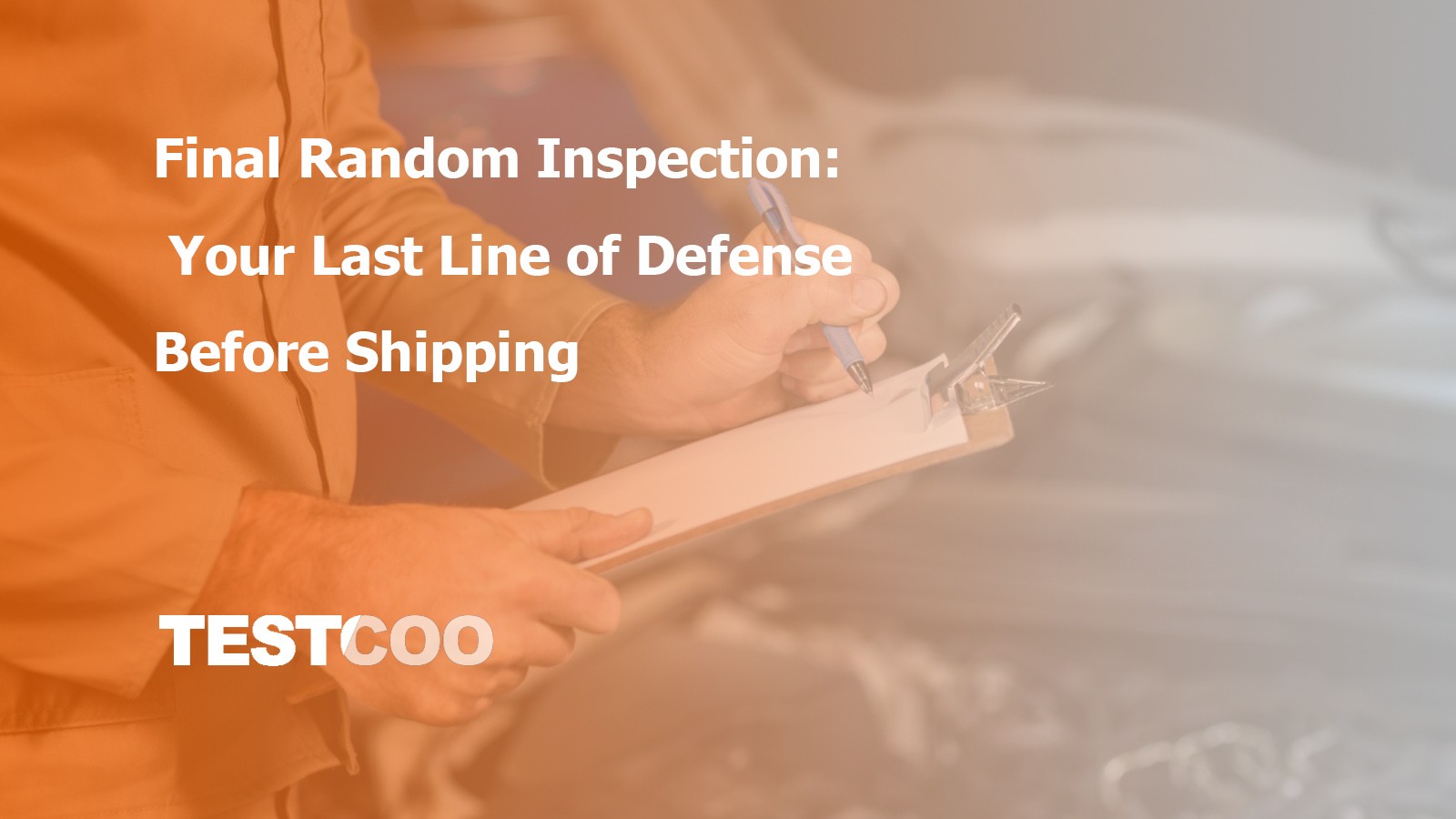Understanding the Importance of Container Loading
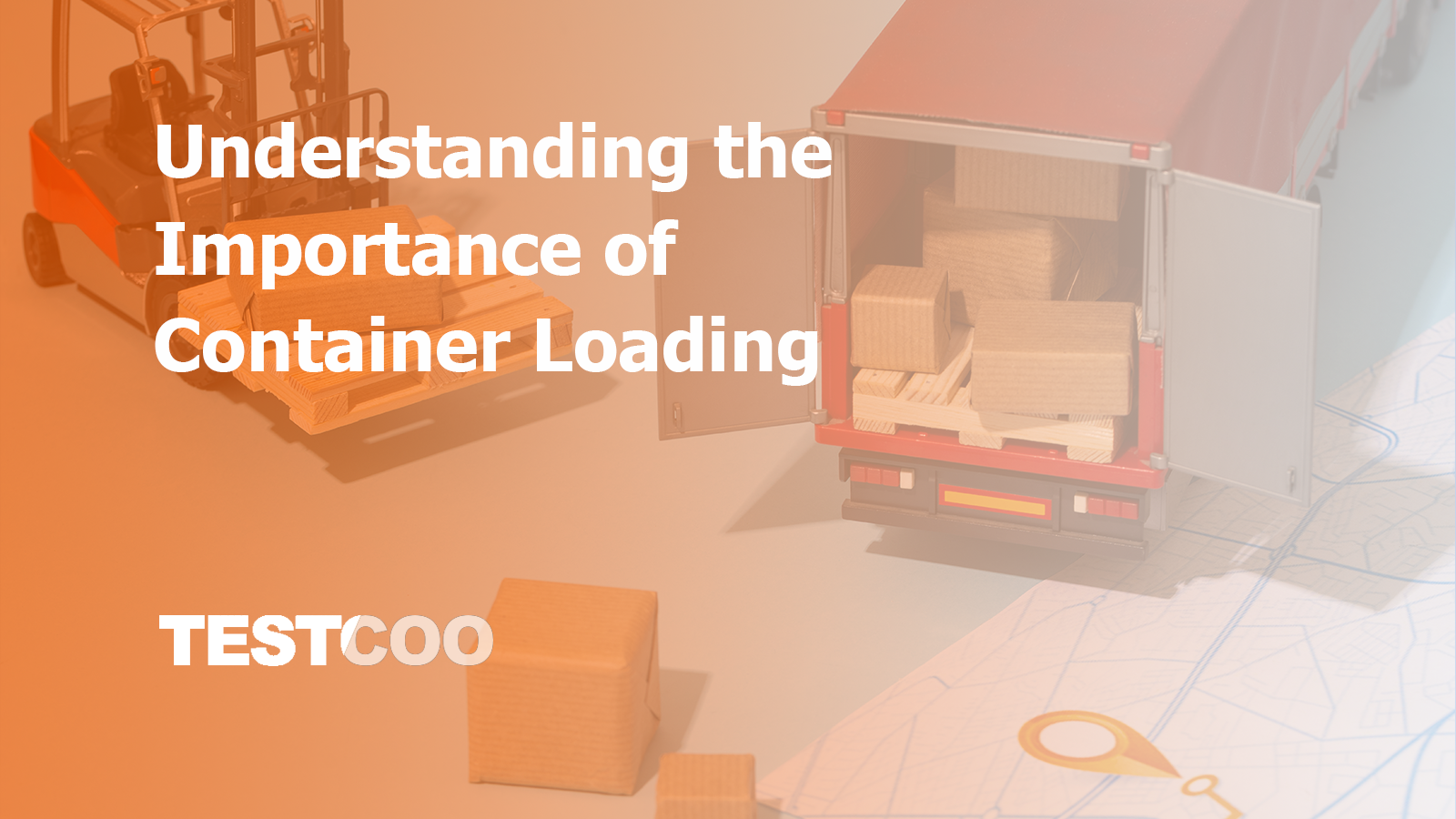
↵
Container loading is not just about packing goods into containers; It is a complex process that requires careful planning and execution. From the initial inspection of goods to the proper stowage and securing within the container, every step is critical to ensure the safe and smooth transportation of goods. For example, if goods are not properly loaded, they may shift during transit, leading to damage or even accidents. Moreover, improper loading can also affect the overall efficiency of the transportation process, causing delays and increasing costs. Therefore, mastering the key points of container loading is of great significance for enterprises to reduce transportation risks and ensure the integrity of goods.
Common Risks in Cargo Transportation
Physical Damage
During the transportation process, goods are vulnerable to various forms of physical damage. Collision is a common issue, which can occur when containers are mishandled during loading, unloading, or transit. For example, if a container is dropped or strikes another object, the goods inside may be severely damaged. According to a report by world shipping council a significant number of cargo damage cases are due to collisions during handling operations at ports.
Excessive pressure from improper stacking or overloading can also cause goods to be crushed or deformed. In a warehouse or on a ship, if goods are stacked too high or not distributed evenly, the lower layers may bear excessive weight, leading to damage. Vibration is another factor that cannot be ignored, especially during long distance transportation by road, rail, or sea. Sustained vibrations can loosen parts, damage fragile items, and even affect the quality of some products. For instance, precision instruments and electronic products are highly sensitive to vibration. Physical damage not only leads to direct losses of goods but also causes additional costs for enterprises, such as re-production, replacement, and compensation to customers.
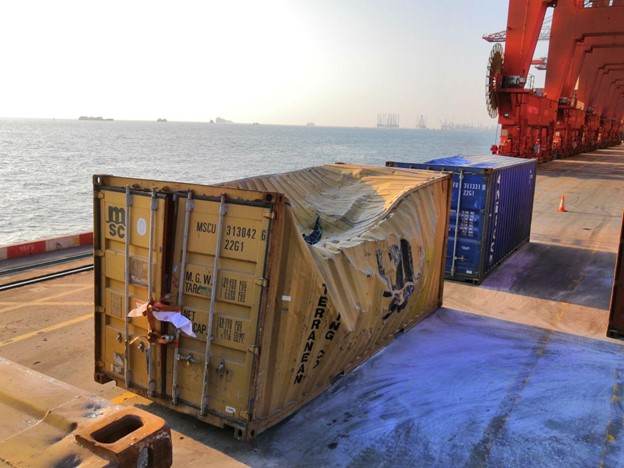
Shipment Delays
Shipment delays can be caused by a variety of factors. Severe weather conditions like typhoons, hurricanes, heavy snow, and thick fog can disrupt transportation schedules. For example, in 2023, a typhoon in the South China Sea forced many ports in the region to close for several days, resulting in a backlog of ships and significant delays in cargo shipments.
Read more data: Maritime Executive.
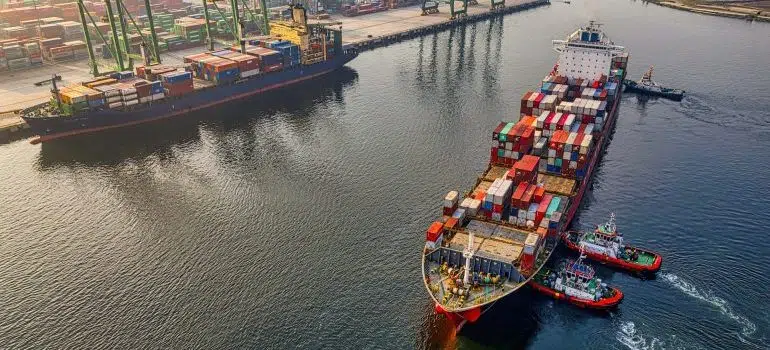
Port congestion is another major cause of delays. With the growth of global trade, many ports around the world are handling record high volumes of cargo. Insufficient infrastructure, labor shortages, and inefficient operations at ports can lead to long waiting times for ships to berth, load, and unload. The Port of Los Angeles, one of the busiest ports in the United States, has frequently experienced congestion issues in recent years, causing delays in the delivery of goods from Asia to the US market.
Mechanical failures of transportation vehicles, such as engine problems in trucks or ships, can also halt the transportation process. Repairs take time, and during this period, the goods are unable to move forward, disrupting the entire supply chain. Shipment delays can have a domino effect on the supply chain. They may lead to production stoppages if raw materials are not delivered on time, increased inventory costs as goods are held in warehouses longer than expected, and a decrease in customer satisfaction, potentially resulting in a loss of future business.
Customs and Regulatory Violations
There are significant risks associated with customs and regulatory violations. Incorrect document filling is a common mistake. For example, errors in the packing list, bill of lading, or commercial invoice can lead to delays or even detention of goods at customs. A simple mistake in the quantity or value of the goods declared can trigger further inspections and investigations.
False declarations of goods are also serious violations. If a company under reports the value of goods to avoid paying higher tariffs or misclassifies goods to take advantage of lower duty rates, it may face severe penalties. According to the regulations of the World Customs Organization, false declarations can result in fines, seizure of goods, and even criminal charges in some cases.
Violating embargo regulations is another major risk. Different countries have specific embargo lists that prohibit or restrict the import or export of certain goods. If a company unknowingly ships embargoed items, it can face serious legal consequences. Customs and regulatory violations can lead to financial losses in the form of fines, the loss of goods, and damage to a company's reputation. In addition, repeated violations may lead to stricter customs supervision in the future, increasing the difficulty and cost of international trade for the enterprise.
Check the top 5 freight transportation risks here.
Best Practices for Minimizing Risks
Proper Cargo Packing and Securing
Selecting appropriate packaging materials is the first line of defense in protecting goods during transportation. For example, for fragile items like glassware or electronics, bubble wrap, foam, or corrugated cardboard with sufficient thickness should be used. According to Packaging Digest, the right packaging materials can reduce the risk of damage by up to 70%. Using fillers such as packing peanuts or air-filled cushions can prevent goods from moving around inside the container. This helps to avoid collisions and scratches during transit.
Properly securing the goods within the container is equally important. Straps, ropes, and pallets can be used to keep the goods in place. For heavier items, they should be firmly tied down to prevent shifting. When loading multiple items, they should be arranged in a way that distributes the weight evenly and ensures stability. If goods are not properly secured, they may move during the journey, especially when the vehicle accelerates, decelerates, or turns, which can lead to damage.
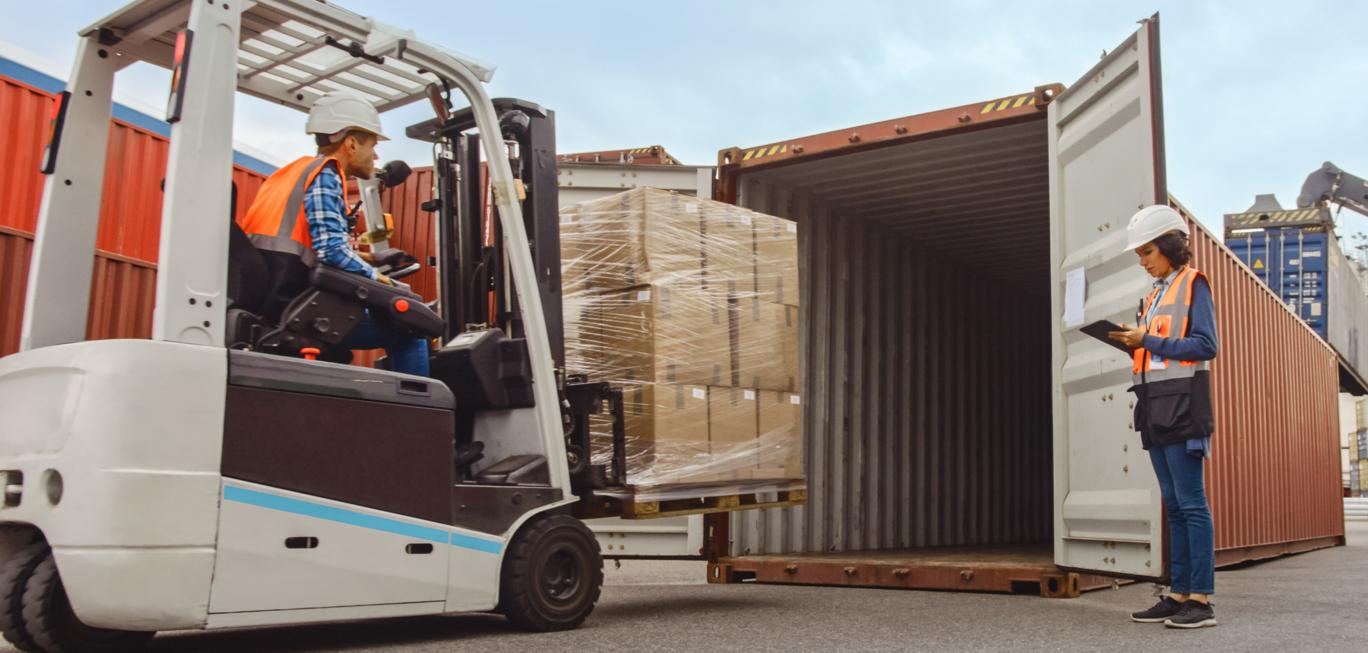
Pre-shipment Inspections
Pre-shipment inspections are crucial for ensuring that goods meet the required standards for transportation. Checking the integrity of the goods involves examining whether there are any visible defects, damage, or signs of wear and tear. For example, in the case of machinery, all parts should be accounted for, and there should be no signs of corrosion or mechanical failure. The quality of the packaging needs to be evaluated to ensure that it can withstand the rigors of transportation. This includes checking for any tears, weak seams, or insufficient strength in the packaging materials.
Accurate labeling is also essential. Labels should clearly indicate the contents of the package, any handling instructions (such as "Fragile", "Handle with Care", or "This Side Up"), and the destination. According to the International Air Transport Association (IATA), incorrect or missing labels can lead to misrouting of goods and potential damage. By conducting thorough pre-shipment inspections, companies can identify and address issues before the goods are shipped, reducing the likelihood of problems during transportation.
Selecting Reliable Carriers and Logistics Partners
One way to find reliable carriers and logistics partners is to check online reviews and ratings on platforms like Trustpilot.Positive reviews from other customers can be a good indicator of a company's service quality. Evaluating the carrier's or partner's qualification is also important. This includes checking their licenses, certifications, and years of experience in the industry. A company with a long standing reputation and the necessary regulatory approvals is more likely to operate in a professional and compliant manner.
It is also beneficial to visit the carrier's facilities or meet with their representatives to assess their service capabilities. This can involve checking the condition of their transportation vehicles, the efficiency of their warehousing operations, and the responsiveness of their customer service team. A reliable partner should be able to provide real-time tracking information, offer insurance options, and have contingency plans in place for unexpected situations. By choosing reliable carriers and logistics partners, companies can significantly reduce the risks associated with cargo transportation.
Quickly search and view reviews: Trustpilot Reviews: Experience the power of customer reviews
Ensuring Compliance in Container Loading
Familiarize with International and Local Regulations
In the process of container loading, it is essential to be familiar with a wide range of international and local regulations. The International Maritime Organization (IMO) has established a series of regulations for the safe transportation of goods by sea. For example, the International Convention for the Safety of Life at Sea (SOLAS) requires accurate declaration of the verified gross mass (VGM) of containers. This is to ensure the safety of ships during navigation. If the VGM is not accurately reported, it can lead to problems such as improper vessel stability, which may pose a threat to the safety of the crew and the entire shipment.
Each country also has its own customs regulations. In the United States, the Customs and Border Protection (CBP) has strict rules regarding the import and export of goods. Goods must meet specific labeling requirements, and certain items may be restricted or prohibited. In China, the General Administration of Customs has regulations on the inspection, declaration, and clearance of goods. For instance, goods with special characteristics, such as hazardous materials, need to comply with additional safety and environmental protection regulations. By being well versed in these international and local regulations, companies can avoid costly compliance issues.
Accurate Documentation
Accurate documentation is the cornerstone of compliant container loading. The bill of lading serves as a crucial document, which is not only a receipt for the goods but also evidence of the contract of carriage. It contains details such as the names of the shipper and consignee, the description of the goods, the quantity, and the destination. Any error in the bill of lading, such as a misspelled name or an incorrect quantity, can lead to difficulties in the transfer of ownership of the goods and problems during customs clearance.
The packing list provides a detailed breakdown of the contents of each container. It should list the items, their quantities, weights, and sizes. A precise packing list helps customs officers quickly verify the goods, reducing the likelihood of delays or inspections due to unclear information. The certificate of origin, which indicates the country of origin of the goods, is also important. It can affect the applicable tariffs and trade preferences. For example, if a product is eligible for preferential tariffs under a free trade agreement, an accurate certificate of origin is required to claim those benefits.
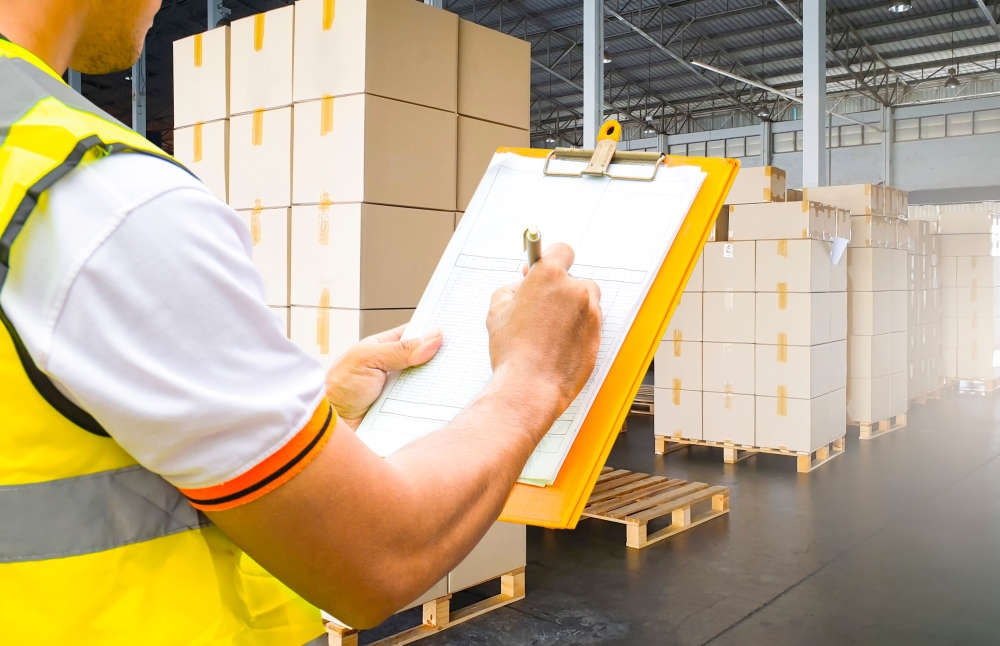
Stay Updated with Regulatory Changes
Regulatory changes in the field of container loading and international trade are constant. To stay updated, companies can follow official channels such as the websites of international organizations like the IMO, national customs authorities, and industry specific regulatory bodies. For example, subscribing to the newsletters or notifications of these institutions can ensure that companies receive the latest information on new regulations, amendments, and policy changes in a timely manner.
Follow the latest official updates: International Maritime Organization
Participating in training programs and seminars related to international trade and container loading is also beneficial. These events are often led by industry experts who can explain new regulations in detail and provide practical guidance on how to comply. For example, some training sessions may focus on the updated requirements for the transportation of a particular type of goods, such as the new regulations on the packaging and labeling of food products for export.
Consulting with professional customs brokers or trade compliance experts is another effective way. These professionals have in-depth knowledge of the regulatory environment and can offer personalized advice based on a company's specific business operations. They can help companies interpret new regulations, make necessary adjustments to their container loading and documentation processes, and avoid potential compliance pitfalls.
How Testcoo Can Help
At Testcoo, we specialize in providing high quality container loading supervision services. Our professional team is composed of experts well versed in international trade regulations, logistics operations, and container loading procedures. With an average of 10 years of industry experience, they ensure that every aspect of the loading supervision is carried out meticulously.
We focus on the supervision process, closely monitoring every step of the container loading. Whether you're shipping delicate electronics, heavy machinery, or perishable goods, our team will be onsite to oversee the loading. We'll make sure that the loading plan maximizes space utilization while guaranteeing the safety of your cargo. We'll work closely with you to understand your specific requirements, such as loading schedules, special handling instructions, and any regulatory constraints.
Our supervision service also includes full process monitoring of the container loading. Through advanced tracking technology, we can keep you informed of the loading status at every stage, from the initial inspection to the final sealing of the container. You can access real time information on our website , enabling you to better manage your supply chain with peace of mind.
Free Sample Report Performance Quality Control
Download a sample report to keep control of your supply chain!
Featured Articles
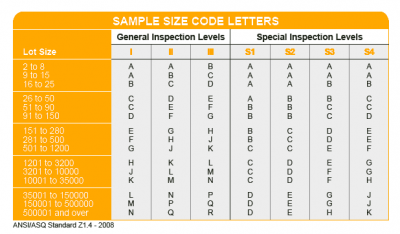 AQL Table | How to Read It
AQL Table | How to Read It TOP 10 Common Defects in Garments Quality Inspection
TOP 10 Common Defects in Garments Quality Inspection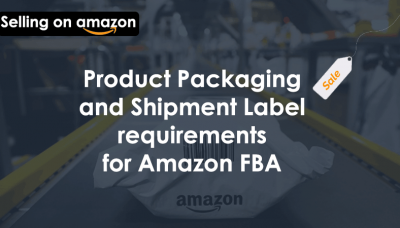 Product Packaging and Shipment Label requirements for Amazon FBA
Product Packaging and Shipment Label requirements for Amazon FBA What Is ASTM-F2413-18? Protective Footwear Standard
What Is ASTM-F2413-18? Protective Footwear Standard How to Conduct Third-Party Quality Control Inspections for Electric Scooters
How to Conduct Third-Party Quality Control Inspections for Electric Scooters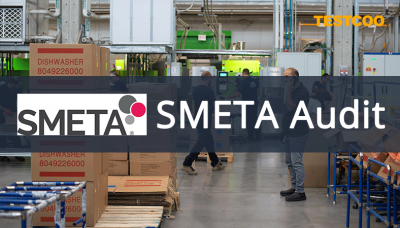 SMETA Audit-What is SMETA Audit?
SMETA Audit-What is SMETA Audit? TESTCOO Supplier Verification/Certification Service SLCP, Higg FEM, GRS, GOTS
TESTCOO Supplier Verification/Certification Service SLCP, Higg FEM, GRS, GOTS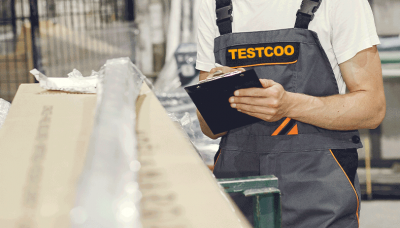 Quality Control Inspection Company in China
Quality Control Inspection Company in China What is Quality Inspection? A Complete Guide
What is Quality Inspection? A Complete Guide Guidelines for Product Inspection in India
Guidelines for Product Inspection in India
Category
- Production Inspection Service
- Factory Audit
- Softline Inspection
- Hardline Inspection
- Electrics Inspection
- Certification
- Checklist
- Manufacturers
- Quality Assurance Basics
- Products Recall
- AQL
- Guidence and Standard
- News
- Supplier Management
- Amazon
- Protective Equipment
- e-commerce quality control
- Indian Manufacturing
- Soft Goods Quality Control
- Supply Chain Management
- Supply Chain Resilience
- E-Commerce Quality Control
- ISO 2859
- Supply Chain Optimization
- Garment Industry
- Higg Index


